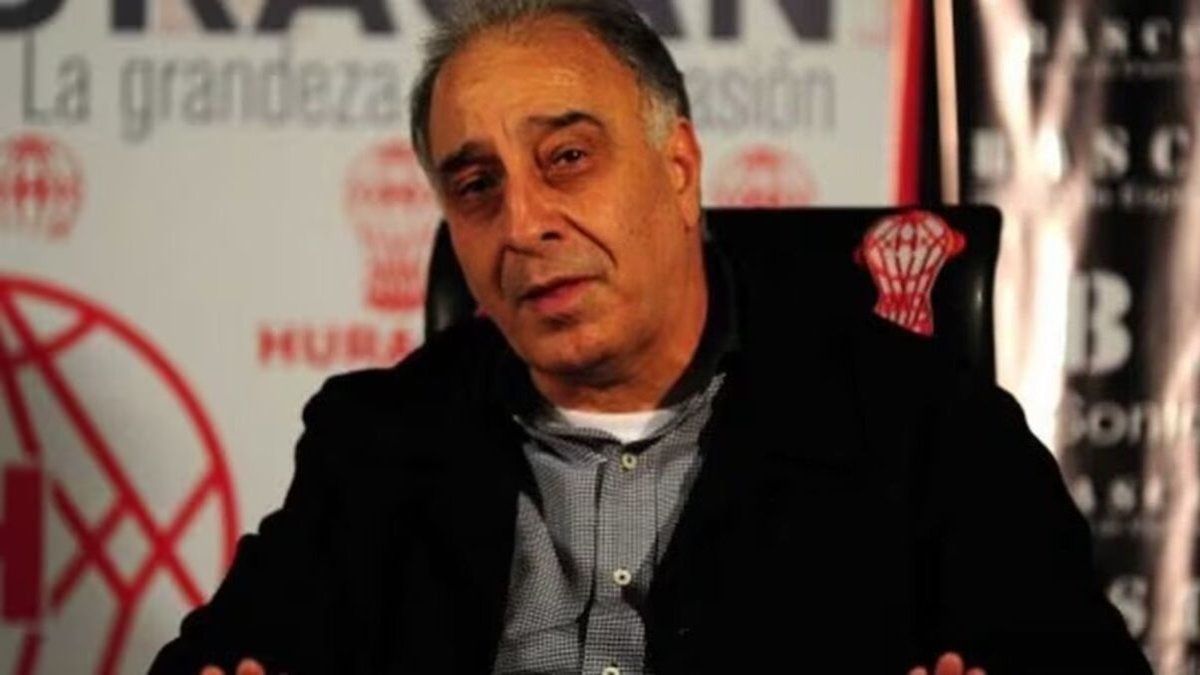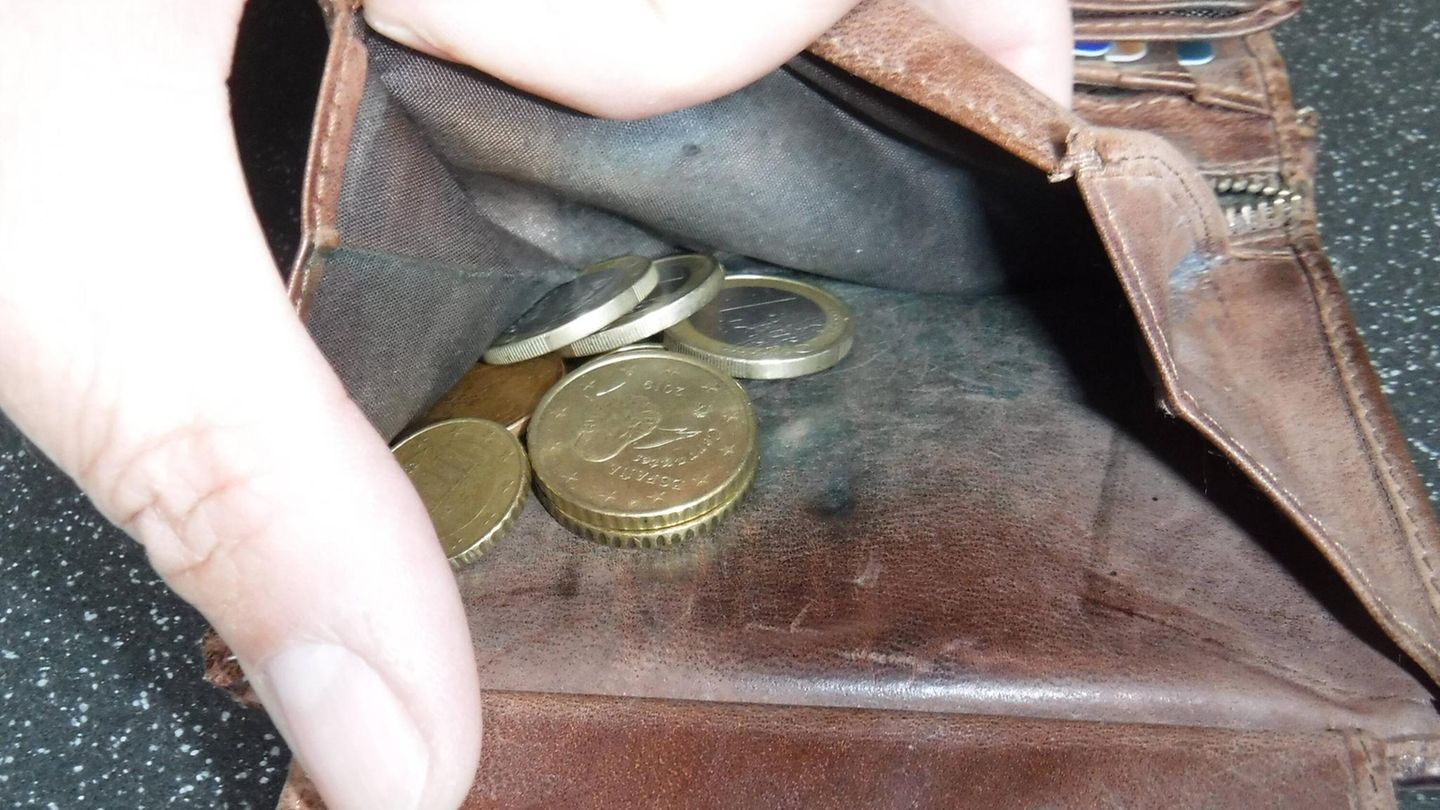Operators doubt that the controlled peso depreciation (“crawling peg”) of the 2% monthly set by the central bank (BCRA) can be sustained, since inflation for the coming months is estimated between 15% and 20%.
Dollar: what the market thinks about the gap
“The quotes of the financial dollars They seem to be more in line with an economic plan that promotes negative interest rates and the accumulation of reserves as a sanitation tool for the BCRA in the short term, leaving the demand for financial dollars as highly dependent ‘free’ variable of the ups and downs of the situation,” said Delphos Investment.
“Likewise, the plan is betting on an expected moderation of inflation due to a drop in domestic demand, partially offset by an increase in regulated and seasonal prices,” he added.
“At these levels of nominal changes, the volatility of the financial market will be important, very suitable for speculation but not so much for production. If the official strategy eventually fails, the progressive liberalization of all markets would in fact be imposed,” estimated VatNet Financial Research.
“Despite parliamentary negotiationsthe ‘gap’ remains sustained and so it is that the recent realignment extends – at levels already close to ~60% – hand in hand with greater dollarization, given that it continues to be challenged by very negative real rates, a slow ‘crawling-peg’ of only 2% and a next drop in the demand for money, so improving expectations is crucial as bridge to the harvest”, explained the economist Gustavo Ber.
“The exchange rate gap increased to 59% in recent days, moving away from the 14% floor reached after the devaluation of the official exchange rate. This movement distances the idea of abandoning access to the MULC (single and free exchange market) for many companies, which remain in dispute with the parent companies and with suppliers for the adoption of the bonus (Boperal), while They continue to bet that the government grants some more benefits so that it is transacted in the secondary market and provides liquidity, which establishes a price in the secondary market,” Inveq estimated in a report.
“If the government takes the right measures, lThe exchange gap should decrease, Therefore, the dollar bill would lose attractiveness, and its evolution would be lower than the performance of inflation-adjusted bonds, dual bonds and linked or wholesale dollars,” said analyst Salvador Di Stefano.
“On the other hand, if the government were not successful with the measures adopted, we believe that lthe bonds in pesos that adjust for inflation would continue to have high returns, and the dollar bill would probably rise more than the wholesale dollar before un sharp increase in the gap”, he added.
Source: Ambito
I am a 24-year-old writer and journalist who has been working in the news industry for the past two years. I write primarily about market news, so if you’re looking for insights into what’s going on in the stock market or economic indicators, you’ve come to the right place. I also dabble in writing articles on lifestyle trends and pop culture news.




